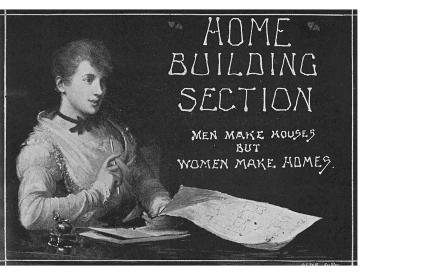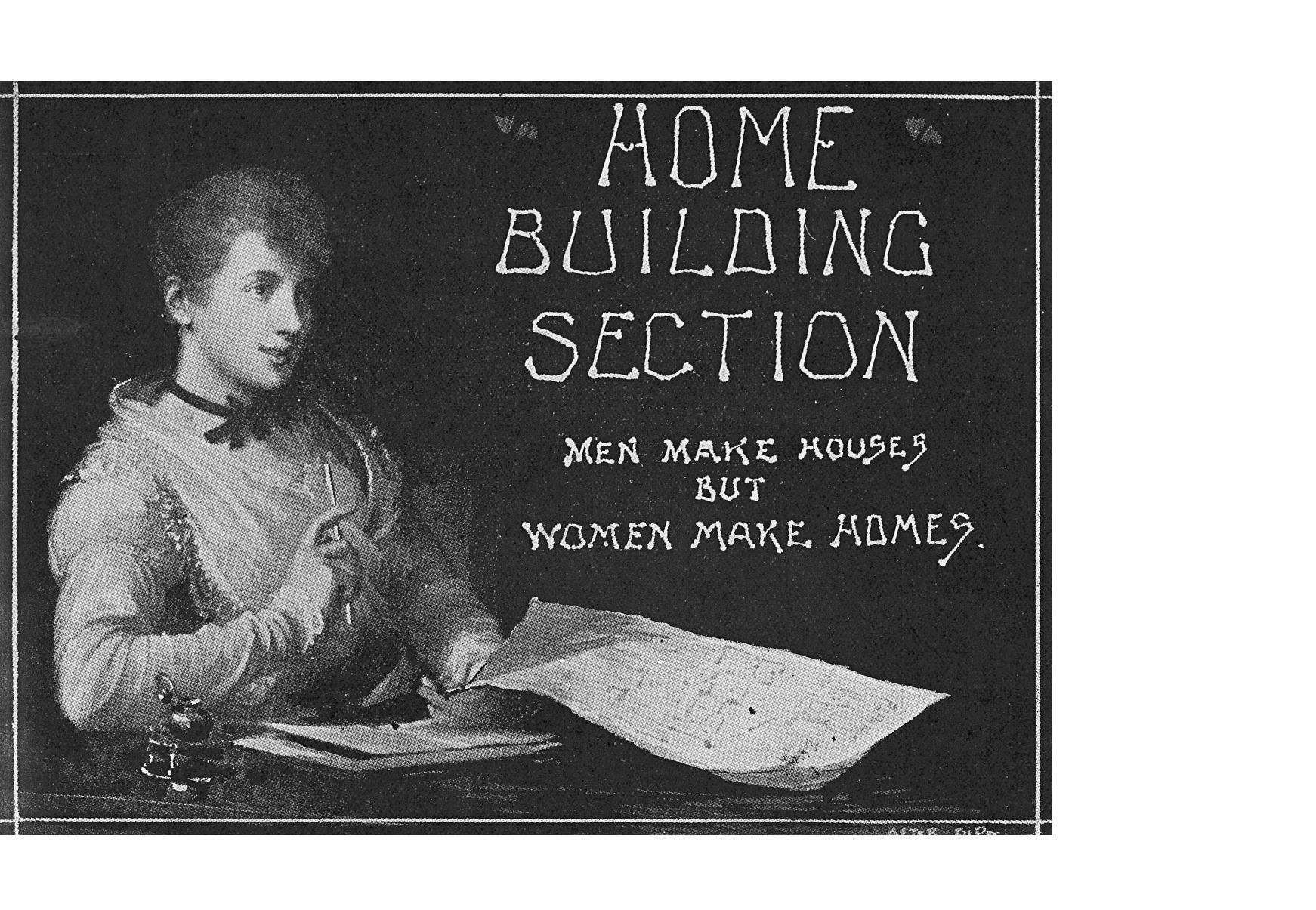|
Social TrendsArchitecture responds to more than design and fashion. This section explores changing social patterns and expectations that affect the design and use of dwellings.For instance, the idea that a woman’s place is in the home - whether as a wife, mother or maid - was dominant in Australia throughout the 1800s and most of the 20th century. When North Sydney Council was established in 1890, women were eligible to vote in local elections if they were property owners but were not permitted to stand for municipal office. However, by the end of the 20th century, local women were successfully campaigning for seats on Council with the specific aim of influencing the impact of over-development upon their homes. This shift is part of the broader history of what makes a liveable and equitable environment. Laws and regulations introduced in the 19th century responded to the problems associated with increased population density such as the spread of disease and unsafe or inappropriate construction. From the early 1900s various levels of Government have addressed the problem of housing provision with varying success. Once it was commonplace to have a large house planned with special quarters for a live-in maid, now such a provision is exceptional. |
|


